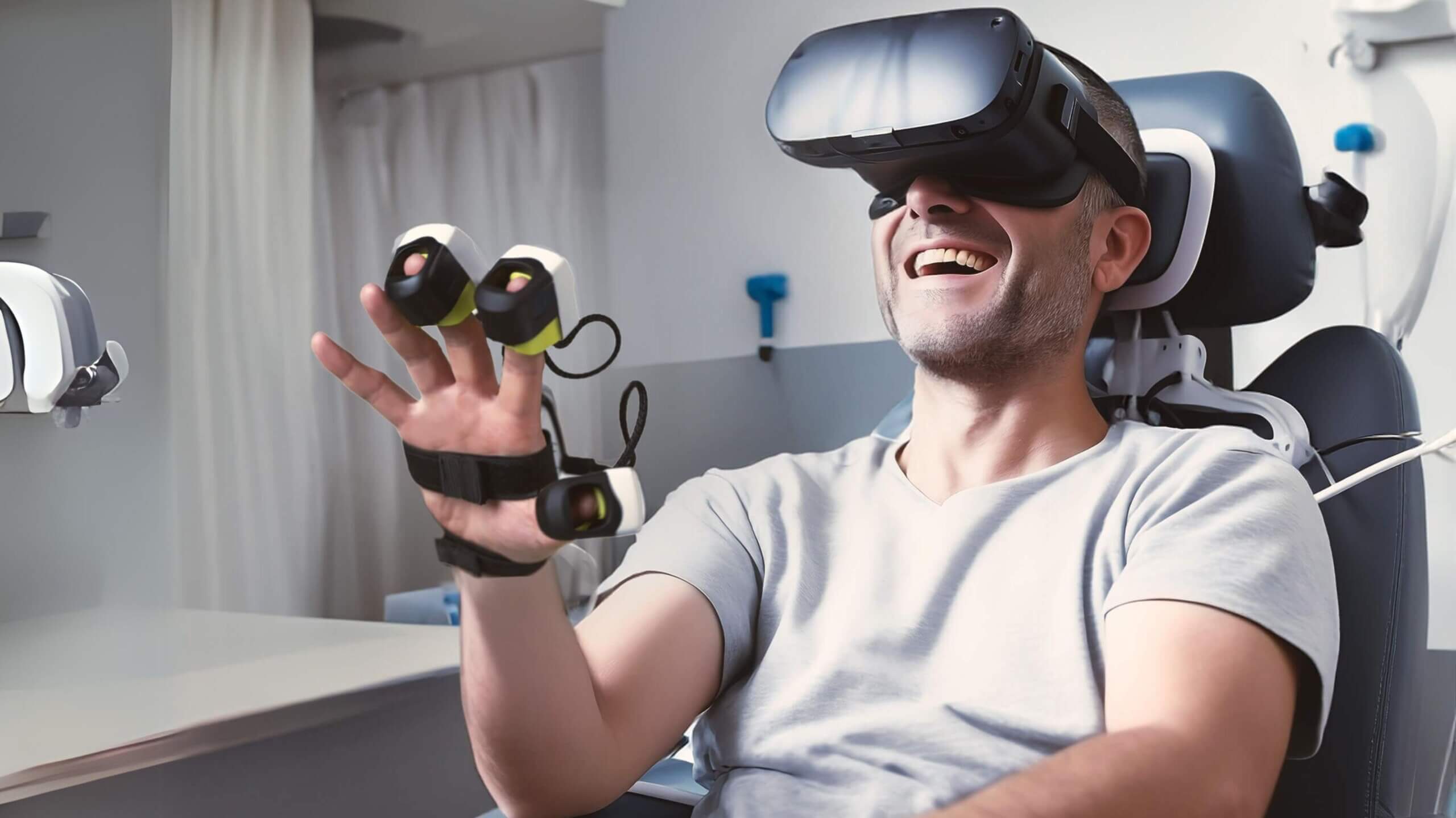
VR Physical Rehabilitation

Enhancing motor skill training
Advancements in haptic technology
Haptic gloves like TouchDIVER have played a significant role in advancing the field of VR physical rehabilitation. These gloves bridge the gap between the virtual and physical worlds by integrating force feedback, texture rendering, and thermal cues. The force feedback capability allows users to feel resistance, facilitating motor skill development. Textures rendering provides a sense of touch, allowing users to interact with virtual objects and perceive their properties. Moreover, simulating thermal cues enables users to experience sensations like heat and cold, which can be essential in specific rehabilitation scenarios.
Immersive balance and gait training in VR
Pain distraction and therapeutic engagement
Pain management is a critical aspect of physical rehabilitation, and VR has demonstrated its effectiveness as a pain distraction tool. By immersing patients in captivating virtual environments, VR can divert their attention from pain sensations, making the therapy process more tolerable. Haptic gloves enhance this experience by providing tactile feedback and a sense of presence, creating a stronger connection between the user and the virtual world.
A tactile dimension for VR medical procedures
Our TouchDIVER haptic glove introduces a tactile component to surgical simulations, replacing HMD’s controller.
It stands out by combining force, textures, and thermal feedback for a seamless, immersive tactile experience. The glove includes an SDK for integration with major development platforms like Unity and Unreal Engine, and it is compatible with various controllers, such as Meta (Oculus Quest), Pico, HTC Vive, Windows Mixed Reality, and more ensuring unified tracking across platforms.
